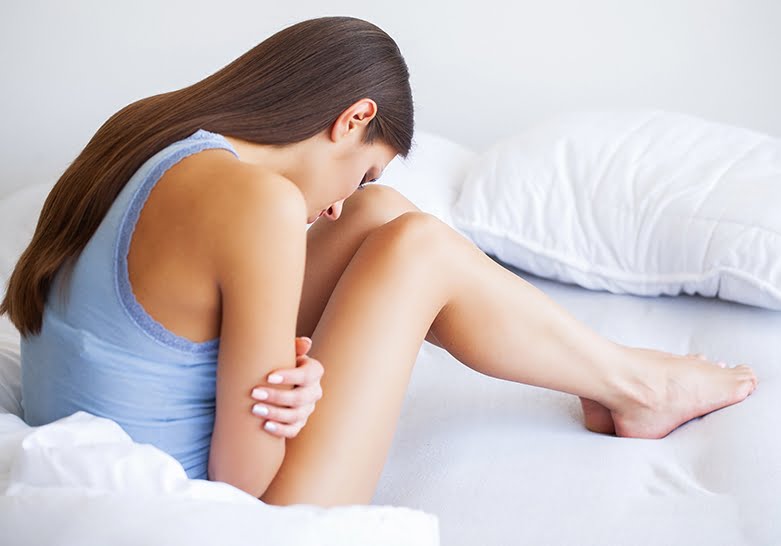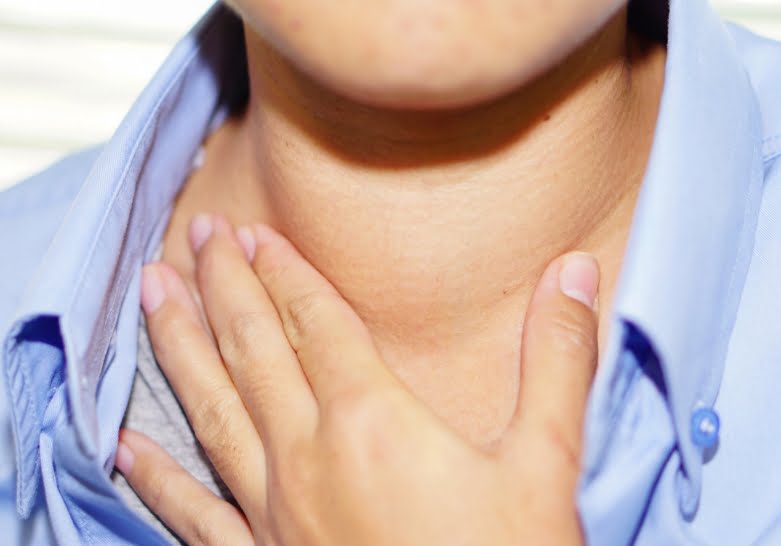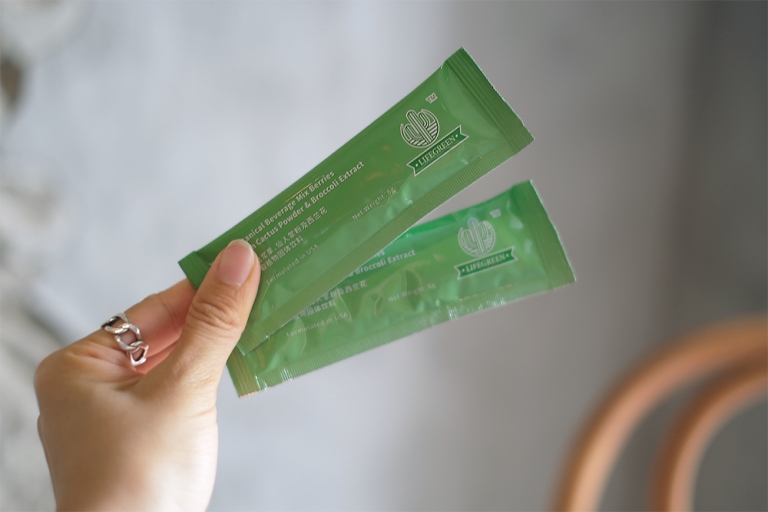Fibroid and Cyst: Understanding the Differences

Reproductive health is crucial for a woman’s well-being. Understanding the differences between common female health conditions like a fibroid and a cyst is essential for early diagnosis and timely treatment. This blog post seeks to clarify the similarities and differences between these conditions, empowering you to make informed decisions about your health.
What are Uterine Fibroids?
Uterine fibroids are non-cancerous growths that develop within the muscular walls of the uterus. They can vary in size and number, with some women developing multiple fibroids simultaneously.
Types of Fibroids
Fibroids are classified based on their location:
Intramural Fibroids
Grow within the uterine wall.
Submucosal Fibroids
Protrude into the uterine cavity.
Subserosal Fibroids
Develop on the outer surface of the uterus.
Pedunculated Fibroids
Grow on a stalk that projects from the uterine wall.
Symptoms of Fibroids
The presence of fibroids may not always lead to symptoms. However, when present, they can include:
- Excessive or prolonged menstrual bleeding
- Heavy or clotty periods
- Pelvic pain or pressure
- Frequent urination
- Constipation
- Back pain
- Fertility issues
Causes of Fibroids
The exact cause of fibroids is unknown, but several factors may contribute to their development, including:
- Estrogen and progesterone levels
- Family history
- Obesity
- Age (most common in women in their 30s and 40s)
Are you suffering from fibroids or cysts? Manage their symptoms naturally with LifeGreen, a Botanical Beverage made with Cactus Powder and flavoured with mixed berries.

What are Ovarian Cysts?
Ovarian cysts are fluid-filled sacs that develop on the ovaries. They are common during a woman’s reproductive years and often resolve without treatment.
Types of Ovarian Cysts
Ovarian cysts are classified based on their contents:
Simple/Functional Cysts
Develop as a result of the normal menstrual cycle and typically disappear within a few months.
There are two types of simple/functional cysts:
Follicular cysts
Form when a follicle fails to release an egg during ovulation.
Corpus luteum cysts
Develop when the corpus luteum (the structure that forms after ovulation) fills with fluid.

Pathological Cysts
These cysts are less common and can be benign (non-cancerous) or malignant (cancerous).
There are three types of pathological cysts:
Endometriomas (Chocolate Cyst)
Cysts filled with tissue similar to the lining of the uterus (endometrium).
Cystadenomas
Cysts lined with cells that resemble those of the fallopian tubes or ovaries.
Dermoid cysts
Cysts that contain a variety of tissues, such as hair, teeth, and skin.
Symptoms of Ovarian Cysts
Most ovarian cysts do not cause symptoms, especially if they are small. However, larger cysts or certain types of cysts can lead to:
- Pelvic pain or discomfort
- Bloating or abdominal swelling
- Irregular periods
- Heavy or prolonged menstrual bleeding
- Difficulty getting pregnant
Causes of Ovarian Cysts
The exact cause of ovarian cysts is often unknown. However, certain factors can increase the risk of developing cysts, including:
- Hormonal imbalances
- Severe pelvic infections
- Endometriosis
- Polycystic ovary syndrome (PCOS)
Are you suffering from fibroids or cysts? Manage their symptoms naturally with LifeGreen, a Botanical Beverage made with Cactus Powder and flavoured with mixed berries.

Key Differences between Fibroids and Ovarian Cysts
While fibroids and ovarian cysts can share some similarities, there are key differences between the two conditions:
Location
Fibroids grow within the muscular walls of the uterus, while ovarian cysts develop on the ovaries.
Age of Onset
Fibroids are most common in women in their 30s and 40s, while ovarian cysts can occur at any age.
Symptoms
Fibroids can cause a range of symptoms, including heavy menstrual bleeding, pelvic pain, and fertility issues. Simple/functional ovarian cysts often do not cause symptoms unless they are large or develop complications. However, pathological cysts, such as chocolate cysts, can cause health effects.
Treatment
Treatment options for fibroids and ovarian cysts vary depending on the size, type, and severity of the condition.
Understanding the differences between fibroids and ovarian cysts is essential for women’s health. By recognizing the symptoms, causes, and treatment options for these conditions, you can make informed decisions about your reproductive health journey. Remember, early diagnosis is key to effective management and maintaining optimal reproductive well-being.

Better Ingredients, Better You
If you suffer from fibroids or cysts, try LifeGreen today, an effective and natural health drink that shrinks and reduces your chances of getting fibroids and cysts.
It also relieves menstrual pain caused by uterine fibroids and supports the body for better management of abnormal cells, providing you comfort. Results may vary from individual to individual, please consult with LifeGreen experts to know more about the best option for you.
Get to know more about the effectiveness of this miracle health drink from real customer experiences here.
Frequently Asked Questions (FAQs)
What is the difference between a cyst and a fibroid?
Fibroids are non-cancerous growths within the uterus, while cysts are fluid-filled sacs that develop on the ovaries.
Can fibroids and ovarian cysts cause infertility?
Yes, both fibroids and ovarian cysts can impact fertility as an ovarian cysts affects egg maturation and a fibroid affects embryo implantation.
How are fibroids and ovarian cysts treated?
Treatment options vary depending on the size, type, and severity of the condition. Medical management, surgical intervention, and lifestyle modifications may be recommended.
Is it possible to prevent fibroids and ovarian cysts?
While the exact causes are unknown, maintaining a healthy weight, engaging in regular physical activity, and limiting alcohol consumption may reduce the risk of developing these conditions.
When should I see a doctor about fibroids or ovarian cysts?
If you experience symptoms such as heavy menstrual bleeding, pelvic pain, or irregular periods, consult your healthcare provider promptly for evaluation and appropriate treatment.



